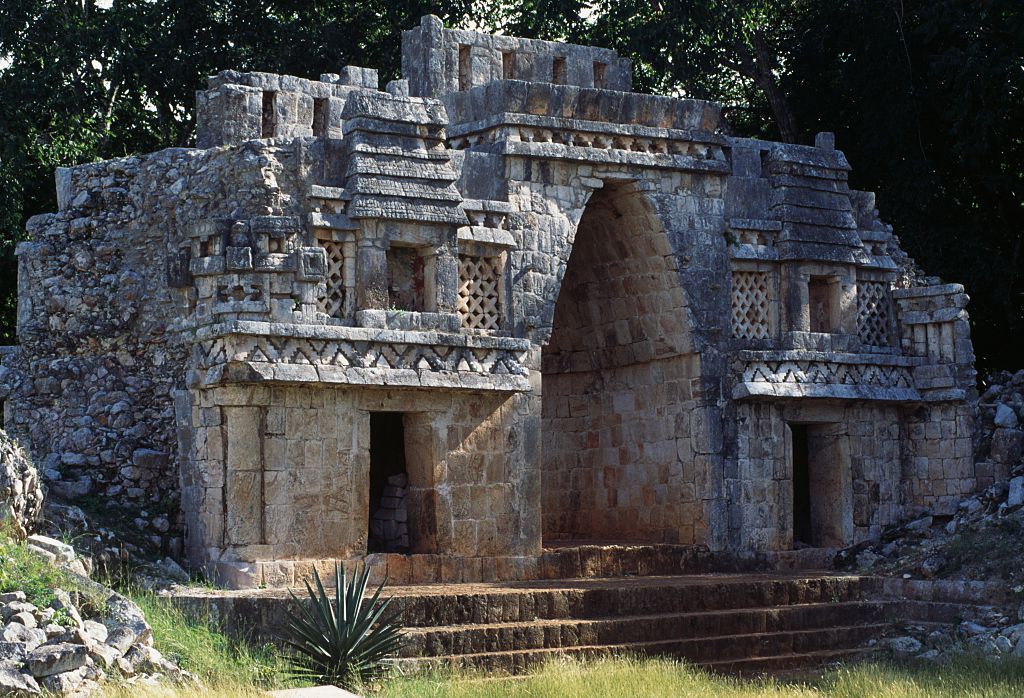A 13-year drought may have been more instrumental in the collapse of ancient Maya civilization than previously thought.
As part of a new study published in the journal Science Advances, a team of researchers analyzed oxygen isotopes from a stalagmite in the Mexican cave Grutas Tzabnah in Yucatán to collect climate data from the years 871 through 1021.
Daniel H. James, a postdoctoral researcher at the University College London, and his colleagues researched periods of severe drought during both the wet and dry seasons that coincided with the Maya decline. They identified multiple periods of drought, with one lasting 13 years between 929 to 942 and others lasting for as long as three years. Based on that analysis, they believe long-term climate-related stress could have been much more impactful than previously suspected.
Related Articles

“There is extensive archaeological evidence for water storage and management at Terminal Classic Maya sites,” James told the Art Newspaper. “The population were prepared and adapted to cope with drought up to a point, but these methods could only go so far. Societal stress (like drought-induced famine) can lead to a lethal risk spiral, where cohesion and social order deteriorates after trusted methods of mitigation fail. More centralized cities like Chichén Itzá likely survived longer with increased support from their wide trade networks.”
Reasons for the decline of the Maya civilization, between 800 and 1000 CE, have been long debated among experts, with possible factors including changing trade routes, war, civil unrest, disease, and severe drought. During this time, archaeological evidence suggests that the Maya left behind their established settlements to move north, causing further strain and upheaval on an already struggling populace.
In recent years, a number of new findings belonging to the ancient Maya have been identified, including the discovery of a 3,000-year-old Mayan complex in Guatemala and a 1,600-year-old tomb of the founding ruler of Caracol in Belize.

